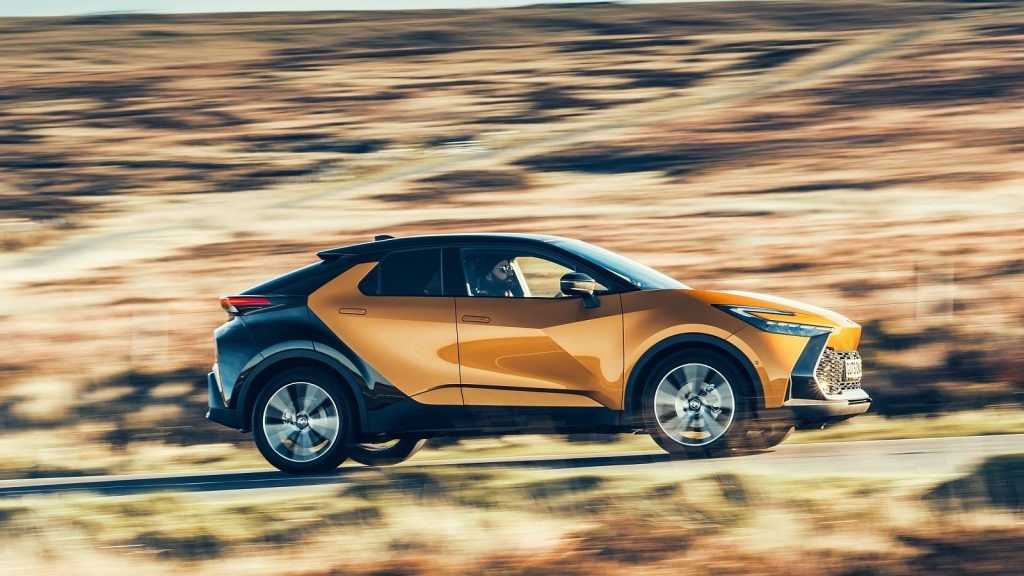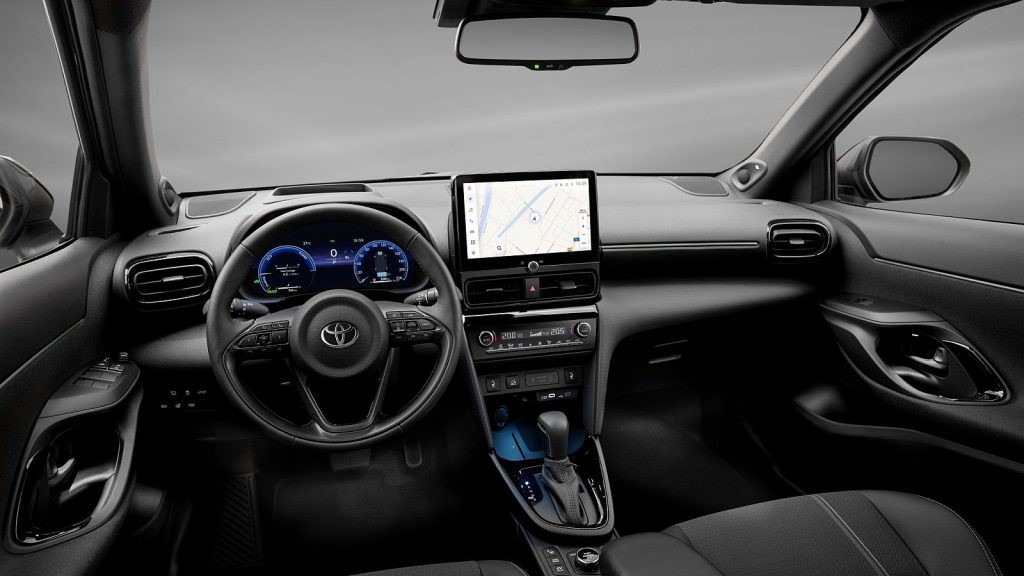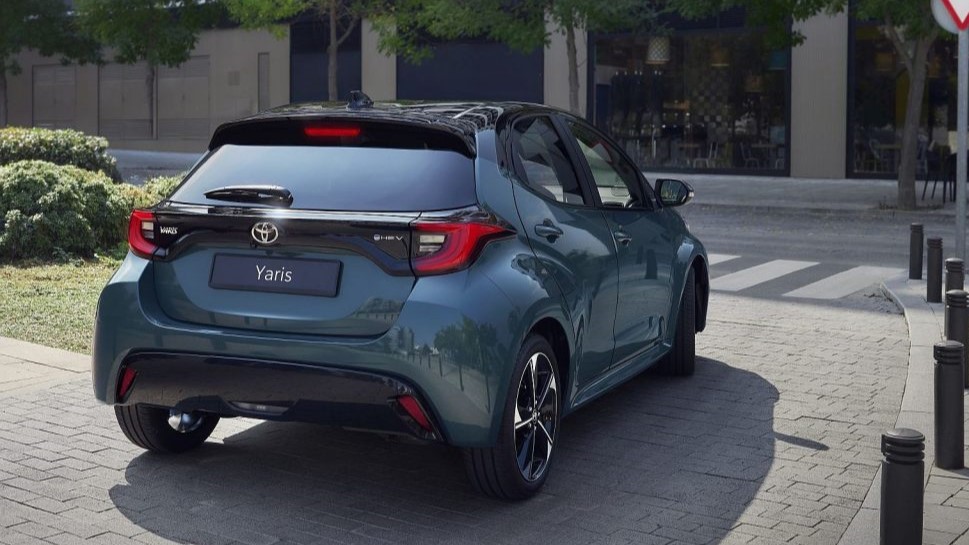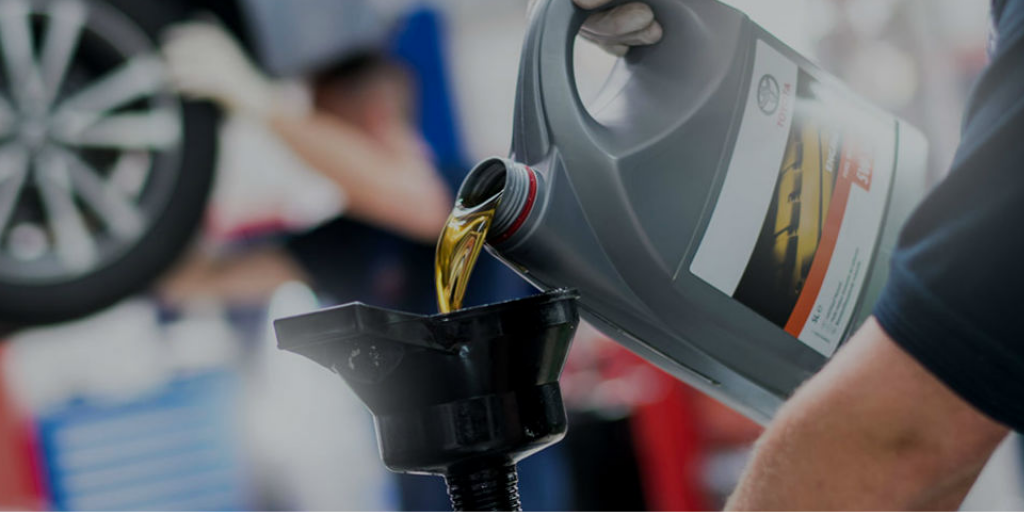While hybrid vehicles have become all the rage on the Maltese islands, many may still not know how to use their hybrid to its fullest potential. The biggest benefits of owning a hybrid vehicle are their top efficiency and fuel economy, both of which save you money and time from fuelling up less frequently. In this article, we’ll share some well-known and some lesser well-known tips which will help you get the most out of your hybrid’s fuel efficiency and durability!
Of course, most of these tips also apply to ICE petrol and diesel cars, but they will help significantly if you’re trying to save fuel and drive as efficiently as possible in a hybrid car.
Table of Contents

Specific tips for improving fuel economy in your Toyota Hybrid
Starting and low-speed driving
Most hybrids start in electric mode, using battery power which is quieter and more efficient for low-speed driving. You should be gentle on the accelerator, as heavy acceleration can trigger the petrol engine to kick in. Additionally, in electric mode the car can use regenerative braking which converts kinetic energy into electrical energy and actually recharges the battery when you slow down or brake. You should lift off the accelerator early to allow the regenerative braking to capture energy – braking harshly won’t allow much energy to be recaptured.
Anticipate traffic flow
This goes hand-in-hand with regenerative braking, but you should be looking at the road ahead and trying to anticipate the flow of traffic to give you the best chance of being able to brake and accelerate gently. Having to brake hard because you didn’t notice a pedestrian trying to cross the road, for example, is not going to allow the regenerative braking to work, and if you need to accelerate very harshly, then it’s likely the electric motor won’t be able to provide enough power, forcing the petrol engine to kick in.
Maintain the battery charge as much as possible
Maintaining the battery charge is very important to keeping your hybrid as efficient as possible, as if the battery has enough charge, it allows the car to use the electric motor wherever it feels it would be more efficient to do so. You can do this through regenerative braking, but if you have a plug-in hybrid then you should make sure you keep it charged as often as possible. Avoid longer periods of driving that drain the battery completely without giving it a change to recharge, as this is less efficient and it’s not good for the battery to be regularly drained.
Use EV mode where possible
Most Toyota hybrids including the Yaris, C-HR, and Corolla hybrid include an EV Mode, which forces the car to use the electric motor exclusively. If you are just doing urban, stop-start driving, providing you have enough charge in the battery, this can be a great way of conserving fuel and driving more efficiently. Be aware, however, that if the battery charge is too low, the car won’t be able to operate in EV Mode and the petrol engine will kick in – so make sure you keep the battery charged as much as possible.
Toyota hybrids are also equipped with other modes – Eco Mode which reduces air conditioning output and lessens the accelerator response to reduce harsh acceleration, and Power Mode which helps increase acceleration by using the hybrid battery to assist the petrol engine. These modes can be activated with the flick of a switch, which is usually situated next to the gear stick. If you can’t find it in your Toyota, consult your owner’s manual.
Minimise the use of air conditioning and other systems
We know this is easier said than done in Malta, which is a very warm country – but using air conditioning or heating does drain the battery and can reduce the efficiency of the electric motor. It’s likely, however, still going to save you money to run the air conditioning in your hybrid versus an older petrol or diesel car, but be aware that running air conditioning or heating is going to reduce your range.
Maintenance and servicing
You should do this with any car – not just a hybrid, but it’s important that your hybrid is well-maintained, serviced regularly, and the battery and electric motor inspected for problems. A well-serviced and maintained car will look after you – a poorly maintained car will likely give you problems.

Other things you need to consider when driving a hybrid
Weather and environmental factors
It’s important to consider that very cold weather can reduce the efficiency of the hybrid battery, leading to decreased electric-only range and requiring more frequent use of the petrol engine. Now, in Malta, it very rarely gets cold enough for this to be a significant consideration, but it’s worth mentioning.
Unfortunately what’s more likely to happen is you’ll be driving the car in extreme heat and will need to use the air conditioning, which will reduce the range. Therefore it’s actually likely in Malta that you’ll get less range in summer versus in winter. You can take steps to reduce the need for air conditioning – park in the shade where you can and use a sunshade to keep your car’s temperature as low as possible. Of course – you can also go the old-fashioned route and open a window too!
Towing and carrying heavy loads
Towing in a hybrid is not the same as towing in a petrol or diesel car. For a start, many hybrids have a slightly reduced towing capacity compared to their ICE counterparts, and so you will need to check the owner’s manual of your particular hybrid to see how much it can safely tow. Don’t exceed this weight, because this may cause damage to the powertrain and invalidate your warranty. Be aware that towing will reduce range and increase battery consumption – though this is no different to towing in an ICE car which will also increase fuel consumption.
Brakes and tyres
Well-maintained brakes and tyres in a hybrid car are essential – brakes because they ensure efficient regenerative braking which helps recharge the battery, and tyres because worn tyres can increase rolling resistance, making handling worse and ultimately reduce fuel economy.
More general tips on how you can improve fuel economy in your Toyota Hybrid
Of course, most of these tips also apply to ICE petrol and diesel cars, but they will help significantly if you’re trying to save fuel and drive as efficiently as possible in a hybrid car.
Tyre pressure
The suitable tyre pressure for your vehicle will be listed in your manual, as well as on the inside of the passenger’s car door for some cars – simply open the door and a sticker will be present on the car’s body telling you exactly what the front and rear tyres should be inflated to (they’re usually different). Under or over-inflated tyres can lead to increased wear and increased drag, causing higher fuel consumption.
Keep windows closed above around 60km/h
Having your windows open at low speeds is fine, but keeping them open if you’re on a faster moving road at higher speeds is just going to increase fuel consumption and cause drag, lowering your car’s efficiency. A 2013 study by the Society of Automotive Engineers (SAE) showed that driving with the windows down above 88km/h reduced fuel efficiency by around 20%, whereas having the air conditioning on at the same speed only reduced fuel efficiency by around 10%. 60km/h is roughly where the transition happens between being more efficient to have the windows down, to more efficient to have the air conditioning on.
Roof racks, bike racks, boxes, etc
If you have a roof box or a roof rack that you aren’t using, take it off – this increases drag and decreases efficiency. Of course, if you need to use it, then you’ll just have to accept that your car will be less efficient than usual, but if you don’t need it, we suggest that it’s taken off until you need it again.
Don’t carry around any unnecessary loads
If you are wondering why your car is not as efficient as it could be, it may be because you’re carrying around things you shouldn’t really be carrying around in the boot. If you don’t need it that day, or it’s not an essential part of driving like a toolkit or a spare tyre, clear it out and keep it at home. Your fuel economy will increase dramatically.
Get to know the car’s information display
You should be able to fully understand what the car is telling you at all times, including how much energy is being used and how much charge is in the car. This will help you when it comes to trying to save fuel when you’re driving. If you’re in any way unsure about how to understand the hybrid display, then come into your local Toyota dealer and we will show you exactly how to use it.
Don’t put the car in neutral when you’re stopped in traffic
This will cause the hybrid battery to discharge. This is because the regenerative braking system will remain active in ‘D’ but not in ‘N’, which prevents efficient battery management and can lead to increased battery discharge, increasing your fuel consumption as you will need to rely on the car’s internal combustion engine more. Keep the car in ‘D’ unless you are parked.

Conclusion
By following these tips, you can ensure you are getting the most out of your hybrid vehicle. Efficient driving not only saves you money on fuel but also reduces your environmental footprint. If you have any questions or need further assistance in optimising your hybrid driving experience, don’t hesitate to contact us – our experts are here to help you make the most of your Toyota hybrid. Drive smart, save fuel and enjoy the benefits of your hybrid!


